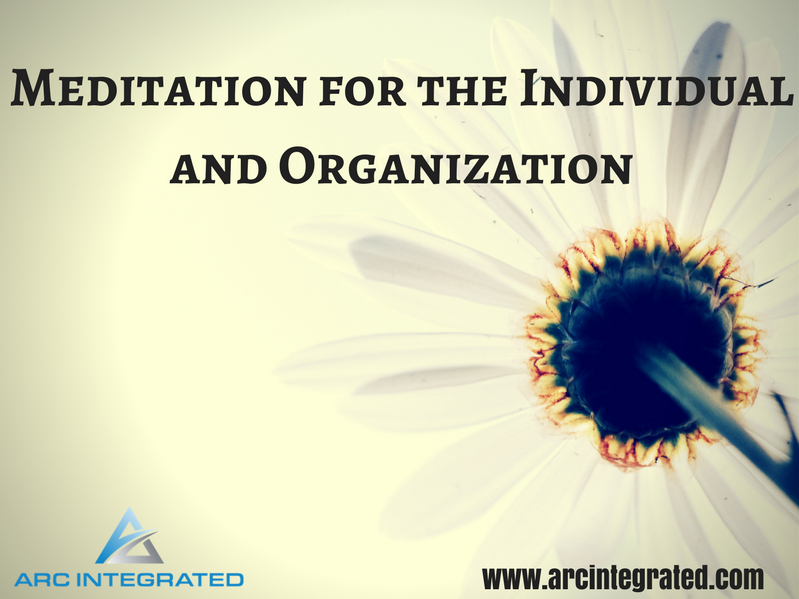
Self care does not often come up as being a priority in our world of high expectations, busy schedules, constant distractions and technological bombardment. However, there is a shift happening with the awareness about the importance of self care.
As we build our understanding about the biology and neuroscience behind behavior, emotions, productivity, focus and fatigue we continue to bridge the gap between body and mind. Some research implies that self care not only has an impact on one’s ability to perform but also an impact on organizations as a whole, as it relates to overall function.
Often times stress leads to conflict. When we are stressed our patience is more limited. So when we have conflict with loved ones, co-workers or the general public, our ability to respond appropriately is reduced. The solution to this may be to take time out to care for yourself, so that you can reduce stress.
This is not surprising news. When we feel better, can think clearly and are less stressed, we are more effective human beings. So, regardless of what you do and what industry you are in, consider making your own care a priority.
I know that in my work, the better I feel the better I am at my work and relationships. Since I initiated a more regimented self care routine, I have gained more clarity, productivity and a calmer presence. But you shouldn’t take my word for it, or the research available. Experiment, and see what you find when you start making yourself a priority!
Ways to Take Time Out for Yourself
Physical – Lifting weights, running, walking, snowboarding/skiing, surfing, take a class (spinning, cross fit, yoga, martial arts, Zumba etc.), hike, bike and sex.
Relational – Spend time with your family, partner and friends, go to a concert, get involved in a regular hobby or group oriented activity or sport.
Reflective – Journal, meditation, listen to music, go for a walk, deep breathing exercise, read.
General Health – 8+ hours of sleep per night, drink lots of water, eat nutritious whole foods.
What other ways can you take care of yourself?
Challenge of the Week!
- List out your weekly self-care routine or goal.
- Tag someone on social media that you think is interested in the challenge.
- Share this post with the person you tagged.
- Feel good about expanding awareness of why we should be taking care of ourselves so that we can take care of each other!
Cheers,
Michael








